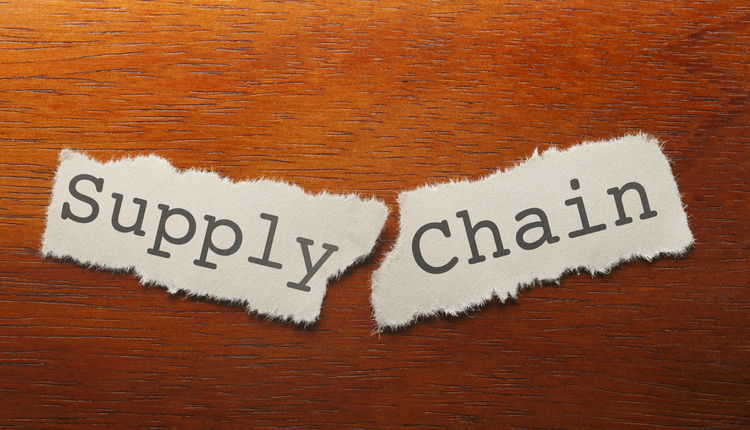The world is shrinking thanks to global trade, and while the US small parcel market is still dominated by a handful of delivery companies, Europe is much more diverse. The European market is comprised of approximately 50 countries, which is comparable to the number of states in the US market. However, small parcel players vary considerably from one country to the next, much more than they vary from state to state in the US. The current trends of the European small parcel have similarities to the US market and include:
· Click and Collect – According to Forrester, about one in seven online consumers in Europe use the click and collect option if available.
· Cross Border – Overseas and within the region, cross-border is increasing due to the growth of e-commerce. In 2014, 15% of all individuals in the EU28 purchased goods and/or services via the Internet from sellers outside their country of residence. This is an increase of 25% compared to 2013.
· Technology – Faster, efficient technology offers complete visibility as small parcel providers seek ways to differentiate in a diverse market.
Courier, express and parcel (CEP) providers are adapting to these trends in a variety of ways, and are offering new services and expanding via acquisitions. Changes are occurring at a rapid pace.
Parcel Delivery Providers
The largest CEP providers in the European market are the three global integrators: DHL, FedEx and UPS. FedEx has further expanded its European reach by acquiring TNT Express, which has a ground network linking European countries. DHL has invested in innovative solutions such as its own locker network, Packstations, with well over 3,000 in Germany alone. According to the company, 90% of people in Germany live within 10 minutes of a DHL Packstation. In 2014, DHL began installing Packstations outside of Germany in locations such as Italy and the Netherlands. UPS’ click and collect service, Access Points, was born from a 2012 acquisition of Belgian-based Kiala and today offers this service in Belgium, France, Germany, Poland, Spain and the UK.
However, the big-three integrators are not the only delivery companies in Europe. UK-based Yodel is a popular choice for low-cost B2C delivery for retailers. The company was formed in 2010 when Home Delivery Network acquired DHL’s UK domestic business.
Germany’s Hermes is a big player in B2C delivery for retailers and the e-commerce sector. Hermes specializes in reducing delivery times by offering a four-hour time window on the morning of parcel delivery or collection, a timeframe that will soon be reduced to two hours. It is also eyeing international cross-border solutions with its BorderGuru service, which includes the tracking and management of the international logistics chain and country-specific import and customs clearance.
European Postal Environment
Postal reforms among several European countries such as the UK have put these former government-controlled entities in direct competition with the likes of DHL, FedEx and UPS. UK’s Royal Mail has invested in service centers in order to handle parcels quicker as well as extend hours of operation. In addition, its European parcel subsidiary, GLS, launched a partnership with Chinese express company ZJS Express for cross-border service.
Meanwhile, post offices still under government control, such as La Poste, have achieved success by taking advantage of its protected status by expanding its role from French letter carrier to global parcel carrier via its GeoPost subsidiary. Companies such as DPD, Chronopost and Interlink Express have been folded under GeoPost’s umbrella as subsidiaries, along with investments in companies as such India’s DTDC. La Poste is one of the largest European CEP providers having delivered over one billion parcels in 2015.
Delivery Upstarts
Similarly to the US, there are a variety of crowd-sourced delivery companies popping up across Europe. For example, Nimber is a marketplace that matches a person who has something they want delivered with someone traveling in the same direction. The website allows people to post details of items they want transported short or long distances. On the other side of the transaction are those travelling by foot, car or van in the same direction who agree to take the package and deliver it for a fee.
We can’t forget about Amazon. Amazon is rapidly evolving in Europe by moving further into the delivery space by offering same day delivery and delivery of groceries in the UK, building a rumored Air Cargo network, installing lockers across Europe and even acquiring and making investments in European parcel carriers.
Conclusion
The European parcel market is diverse and while there are similarities to the US market, it offers unique opportunities for companies looking to expand into this market. Before expanding, be sure to do your homework – costs and shipping requirements can vary greatly from one country to the next.



















